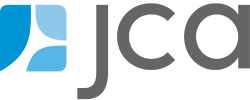Success Story | How Jazz at Lincoln Center Got Prices Right from the Start
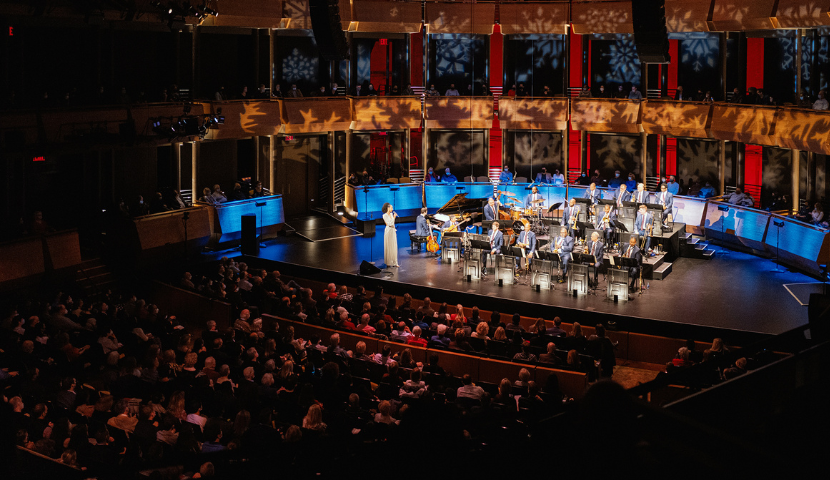
Andrew Moreau
Manager, Professional Services
It can be a daunting task to launch a new season with competitive ticket pricing that both fits your audience’s willing to pay AND maximizes value from seats—it often requires in-depth analysis of recent performance sales, competition in your market, and industry trends. Jazz at Lincoln Center recognized this need and partnered with JCA Arts Marketing on a Pricing Study before the launch of their 2022-23 season, allowing them to get their prices right from the moment they went on sale. The organization has since seen considerable return on their investment.
In a recent blog post, Director of JCA Arts Marketing Jamie Alexander explained why pricing correctly from the start is so important. While dynamic pricing is a helpful tool to adjust ticket prices to demand, and therefore make additional incremental revenue, organizations that have a wealth of historic sales data and who have practiced dynamic pricing over the past few years have the opportunity to apply learnings from these efforts to starting prices. The goal of increasing overall revenue is a more effective pursuit than increasing the incremental revenue earned from dynamic pricing efforts.
Jazz at Lincoln Center had a wealth of historic sales to analyze from previous seasons (they had implemented dynamic pricing in 2017), and as RMA (Revenue Management Application) users had the right reporting tools to dive deep into their data. Recognizing strong demand coming out of the pandemic in their 2021-22 season, they reached out to JCA Arts Marketing for another perspective on how they could update pricing on their upcoming season. Having worked together in previous seasons, we were well-positioned to dive right in!
We conducted an analysis of demand by artist and artist type, performance and performance timing, zoning, and seating for performances in their main season. We also analyzed outside factors such as the competitive landscape in New York City and neighboring areas, increase of the Consumer Price Index (CPI), and other industry research to determine where Jazz at Lincoln Center’s prices should be positioned for optimal revenue. Our deliverables included:
- Updates to pricing tiers
- Optimal starting prices for single tickets
- Updates to the current dynamic pricing strategy
- Ensuring accessible price availability despite price increases
From the analysis, we determined that, overall, prices should increase in order to signal their premium brand amongst competitors and to keep up with CPI. In the graphic below, we see that while the organization continued to increase their average price over time, in the 2021-22 season, Average Price did not keep up with CPI:
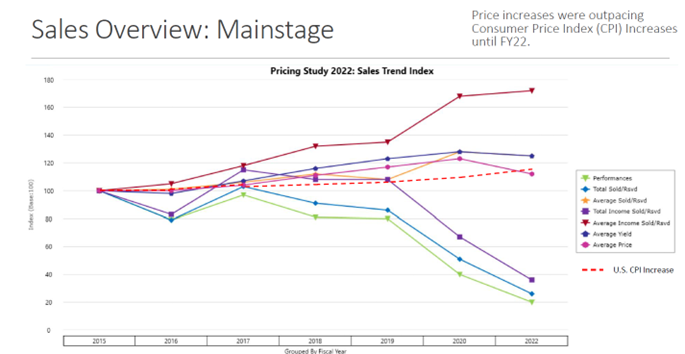
Understandably cautious on price increases coming out of the pandemic, strong ticket sales for the reopening season signaled to us that raising prices along with CPI would not slow demand. In addition, JCA Arts Marketing’s recent industry study indicated that price increases did not correlate to a reduction in demand for concert tickets in the overall performing arts industry.
In keeping with the need to maintain Jazz at Lincoln Center’s premium brand, in addition to raising prices, we also carved out affordable pricing sections in the balcony. This was achieved by reducing prices in certain areas to offer greater affordability for the community, eliminating the need for consistent discounting via third parties, which the organization had done over past seasons in order to fill certain sections of the hall.
At this time, as we approach the end of the 2022 calendar year, sales from the fall and winter indicate that these changes to starting prices have had a positive impact on ticket revenue. A great visual of this success is in Jazz at Lincoln Center’s annual Big Band Holidays production, which has already surpassed revenue goals (and all recent previous seasons) for a week before the production run:
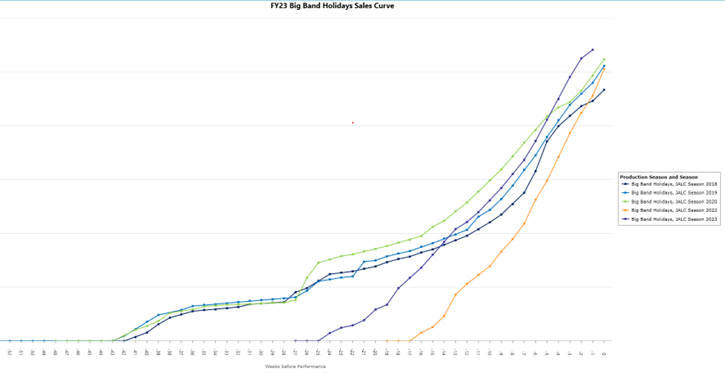
As mentioned previously, setting prices to match willingness to pay from the start is always ideal, but dynamic pricing still plays an important role in increasing revenue based on demand. From past season data, we determined that dynamic pricing is most effective in the closing month of a production run, and recommended increasing prices in zones with strong recent sales. Taking the same Big Band Holidays production as an example, we have seen a 4.5% increase in revenue based on incremental revenue from dynamic pricing. Below is a Dynamic Pricing Impact Over Time report from the RMA, reporting on incremental revenue (light blue) on top of revenue made from starting prices:
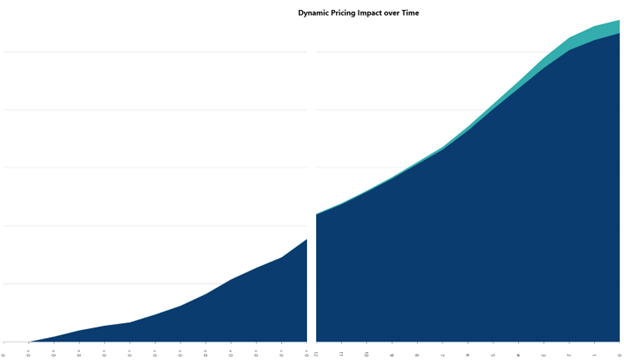
JCA Arts Marketing and the Jazz at Lincoln Center team continue to work together to monitor demand and apply lessons learned from sales trends in order to increase ticket revenue, and fill the hall.
In need of a Pricing Study? Let us know!
JCA Arts Marketing consultants are experts at determining how to get prices right from the start using data-driven strategy, maximizing the value of your hall.
